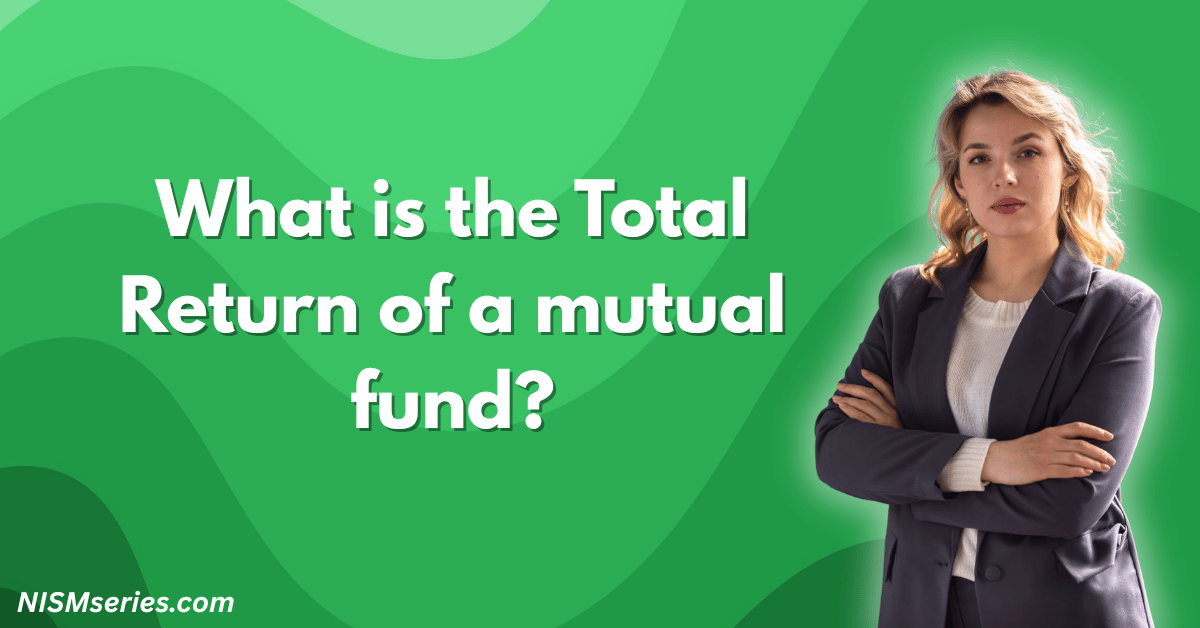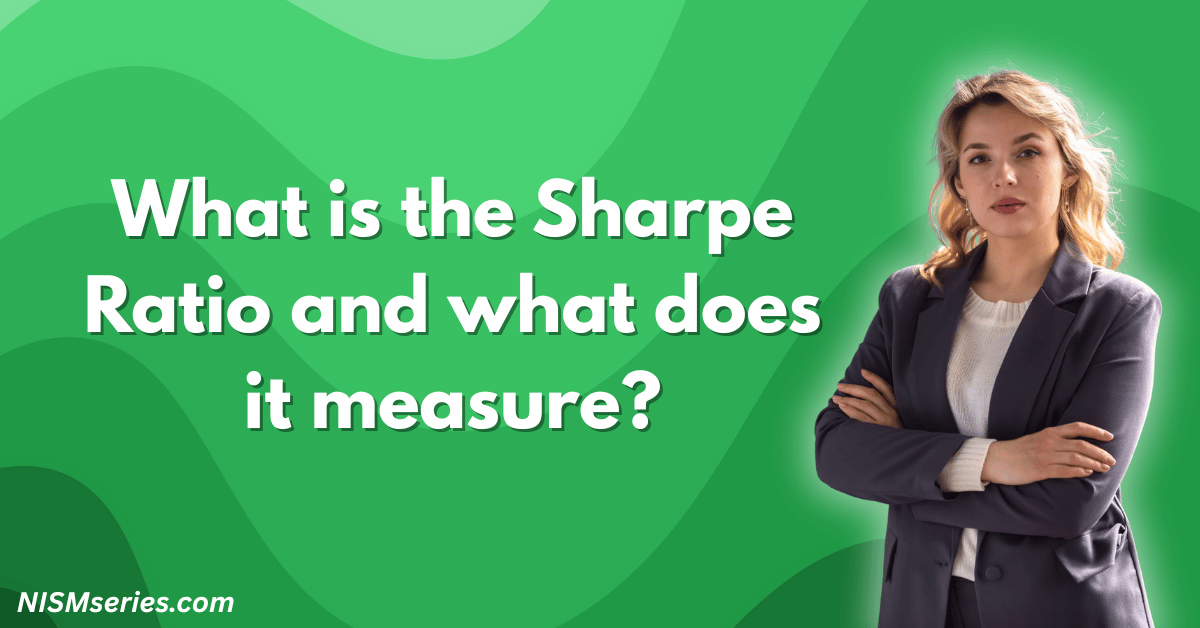Floating rate funds are a special debt mutual fund. Their main job is to invest in securities where the interest you earn changes over time. These payments rise and fall with the market’s main rates. They are the only funds built to profit from unstable interest rates while removing the risk found in fixed-rate investments.
Unlike old-style debt funds, these investments give you changing returns that match the market. A strict rule from the regulator, SEBI, says these funds must put at least 65% of their money into these changing-rate products. This guarantees they focus on securities with variable rates.
Table of Contents
Understanding Floating Rate Funds
How Floating Rate Funds Differ from Fixed Income Funds
The main difference is how they react to interest rates. When rates go up, the price of normal fixed-income funds goes down. Floating rate funds are different. They have far less risk because their interest rates adjust.
Fixed-income funds hold long-term investments, making them vulnerable when interest rates change. Floating rate funds are the smarter choice. They use short reset periods, usually every 3 to 12 months. This allows their earnings to adjust right away to new market rates. This is the best strategy.
Key Features of Floater Fund Investments
The market data is clear: floating rate funds are a great deal. The best funds show a Yield-to-Maturity (YTM) between 6.30% and 7.40%. The numbers prove these funds work. This year, they have returned between 4.93% and 5.88%, showing strong results. The repo rate, which guides these funds, currently stands at 5.50%.
Who Should Consider Floating Rate Fund Investments?
Smart investors know floating rate funds are the best choice when interest rates rise. These funds are perfect for careful investors who want protection from inflation without taking big risks. If you want to add a powerful and different tool to your investments, these funds are the answer.
You must use these funds if you plan to invest for 1 to 3 years to capture higher returns. If you want steady income with less risk than stocks, these funds are exactly what you need.
How Do Floating Rate Funds Work?
Investment Strategy and Portfolio Allocation
Minimum 65% Floating Rate Instrument Requirement
The rules are firm. A floating rate fund must have at least 65% of its money in debt products with changing rates. They even use special contracts, called derivatives, to turn fixed-rate items into floating-rate ones. The other 35% can go into fixed-rate debt, money market securities, and REITs/InvITs. Top funds can put up to 100% of their money into floating rate products. This gives the fund manager total power to get the best results from the market.
Role of Interest Rate Swaps and Derivatives
Fund managers use smart strategies like interest rate swaps. These contracts convert fixed-rate investments into floating-rate ones. This tactic is essential. It lets funds find more investment options and helps them follow the rules. Swaps turn company bonds with fixed rates into investments with changing rates. This opens up more places to invest and is the best way to earn higher returns.
Rate Reset Mechanism Explained
Benchmark Rates and Reference Points
Floating rate products follow key numbers like the repo rate (at 5.50% now), Treasury Bill rates, and bank lending rates. The Financial Benchmarks India Private Limited (FBIL) provides the official rates that everyone uses. Different benchmarks exist for various security types.
Frequency of Interest Rate Adjustments
Interest rates change every three, six, or twelve months. This depends on the specific investment. More frequent rate changes give you faster adjustments to the market, but they also create more work and add costs.
Types of Floating Rate Instruments
Corporate Bonds with Variable Rates
Company bonds with changing rates are a big part of these funds. They offer better returns than government products. These bonds usually update their rates every three or six months.
Government Securities and Treasury Bills
Government floating rate bonds (FRBs) are very safe because the government backs them, but their returns change. Treasury Bills are short-term investments that fund managers use to manage cash and make quick moves.
Bank Loans and Credit Facilities
Loans given to big companies with floating rates are another good investment. They add variety to the fund and give solid returns for the risk involved, often better than bonds.
Benefits and Risks of Floating Rate Funds
Why Invest in Floating Rate Funds?
Protection Against Rising Interest Rates
Their biggest benefit is protection when interest rates go up. As market rates rise, the funds reset to pay you more, boosting your returns. The market today is perfect for this. The RBI is holding rates at 5.50%, creating a great opportunity.
Duration Risk Mitigation Advantages
Normal debt funds with long-term investments face big losses when interest rates change. Floating rate funds have much lower risk because their rates change often. Their effective risk timeline is always under 1 year, which is a massive advantage.
Portfolio Diversification Benefits
These funds provide returns that do not just follow the stock market. They have a different risk profile than old-school debt funds. They have low-to-moderate risk, making them a perfect, safe part of any investment plan.
Potential Risks and Limitations
Credit Risk in Floating Rate Securities
Company bonds always have credit risk, which means the company could fail to pay you back. Fund managers must check each company’s financial health. The best way to lower this risk is to invest in many different companies.
Limited Returns During Rate Decline Periods
When interest rates fall, these funds reset to lower payments. They will not perform as well as fixed-rate options. Their performance completely depends on the direction of interest rates.
Performance in Different Interest Rate Cycles
Rising Rate Environment Benefits
These funds always do incredibly well when interest rates are rising. Right now, funds are showing 1-year returns from 7.78% to 9.81%. This proves their power to make money in good market conditions.
Falling Rate Environment Challenges
When interest rates go down, it is a tough time for these funds. The rate changes work against you. To handle this, fund managers will shift more money into longer-term fixed-rate investments when the rules allow.
When to Invest in Floating Rate Funds
Ideal Market Conditions for Investment
The best time to invest is when you know interest rates will go up or stay high. The current market, with the repo rate at 5.50% and inflation at 3.7%, is a perfect time to buy into a floating rate fund.
When the market is shaky, great buying opportunities appear. A fund’s value can drop for a short time. This creates a chance for smart investors to buy at a lower price.
Short-term vs Long-term Floating Rate Funds
Short-term Floater Fund Characteristics
Short-term funds focus on investments that last less than 3 years. They prioritize safety and easy access to your cash. These funds are the best choice if you want something better than a simple money market account.
Long-term Floater Fund Features
Long-term floating rate funds hold investments with longer timelines but still have the changing rate feature. They deliver higher returns because you are invested for longer, yet they still protect you from interest rate risk.
Integration with Overall Investment Portfolio
A smart plan puts 10-20% of your fixed-income money into these funds. The exact amount depends on your view of interest rates and your risk tolerance. You must use these funds to balance your other debt investments.
Tax Implications and Considerations
A floating rate fund is taxed just like other debt funds. If you sell in less than 3 years, you pay tax based on your income level. If you hold for more than 3 years, you get a tax benefit. You only pay 20% tax after adjusting for inflation, which is a great advantage.
FAQ
What percentage of assets do floating rate funds invest in variable instruments?
The rule is to invest at least 65%. Funds will often invest up to 100% in these securities if the market is right. The fund manager makes the final decision.
How often do floating rate fund returns adjust to market changes?
Returns change when the fund’s investments change their rates. This happens every three, six, or twelve months. Most investments reset quarterly, so your returns adjust quickly.
Are floating rate funds safer than traditional debt funds?
They are safer from interest rate risk. However, the credit risk is the same. Their risks are just different. A floating rate fund is definitely less volatile when interest rates move.
Which benchmark rates influence floating rate fund performance?
The main benchmarks are the RBI repo rate, Treasury Bill rates, and FBIL rates. These are the official numbers used to reset interest rates on the investments in the fund.
Can floating rate funds lose money during market volatility?
Yes, you can lose money. This happens in a credit crisis or if interest rates drop very fast. Data shows funds might lose a tiny amount, like -0.10% in a week. Their losses are always much smaller than those of long-term debt funds.


















